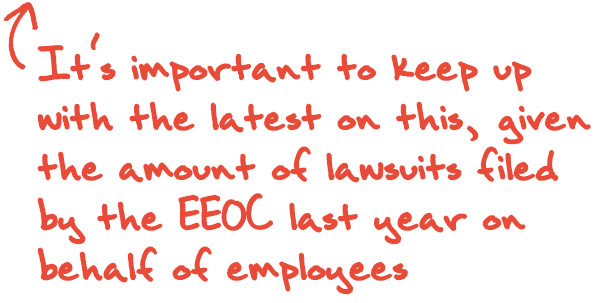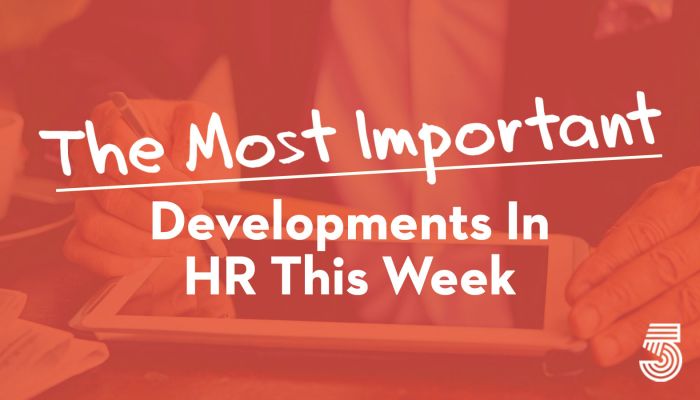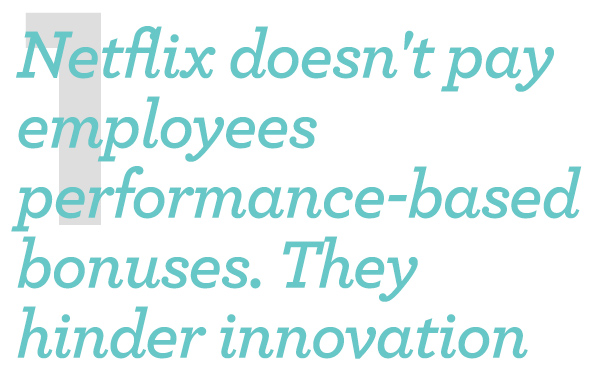
Netflix credits its unorthodox corporate culture with helping it outmaneuver larger, more established rivals like Blockbuster and Disney. The streaming company can move quickly, and pivot where necessary, because its culture fosters innovation, Netflix co-CEO and co-founder Reed Hastings wrote in his book, co-authored by Erin Meyer, “No Rules Rules: Netflix and the Culture of Reinvention.” It’s the reason Netflix doesn’t give performance-based bonuses. It may run contrary to conventional thinking, but Netflix believes bonuses can crush creativity. “People are most creative when they have a big enough salary to remove some of the stress from home,” Hastings wrote. “But people are less creative when they don’t know whether or not they’ll get paid extra. Big salaries, not merit bonuses, are good for innovation.” USA Today

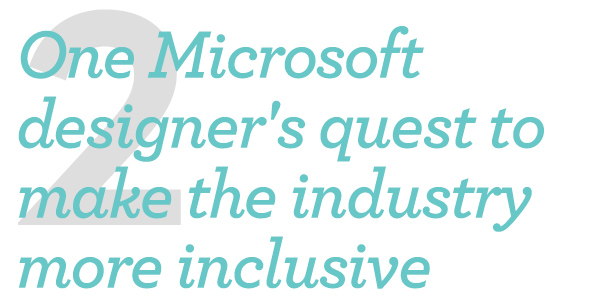
Over the past few months, companies have rushed to beef up their diversity bona fides, posting messages in support of Black Lives Matter and implementing programs to increase equity. But many critics say these efforts are just window dressing. For Mo Woods, that work requires more than just filling current roles with candidates of color. Changing the system from the ground up takes time — and a long-term commitment to investing in Black communities. Woods is a principal design lead at Microsoft and executive director and founder of Inneract Project, a creative education nonprofit for kids of color in the Bay Area. It offers free design courses and workshops, multiday internships, and mentor matching, then provides a support system that shows design can be a viable career. This is important because graphic design has a major diversity problem: Just 3% of designers self-identify as Black. That lack of representation means things we use every day — from apps to shoes to transportation — are being designed largely from a white experience. Fast Company

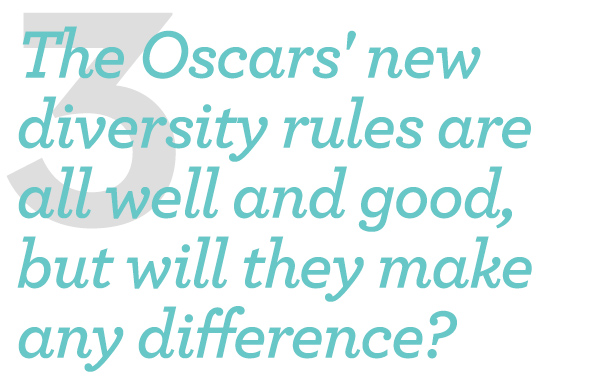
The Academy’s new representation and inclusion standards, which will come into effect for the 2025 Oscars, say entries for best picture must satisfy two of four criteria to be eligible. At least one lead character in the movie must be from “an underrepresented racial or ethnic group”; at least 30% of the general ensemble cast must be from at least two underrepresented groups (women, racial, ethnic, LGBTQ+, or people with disabilities); or the movie’s subject must concern one of those groups. Predictably, the backlash has already begun. The real question, though, is whether these criteria will really change anything at all. Still smarting from the #OscarSoWhite debacle five years ago, the Academy has been at pains to rebrand itself, at least cosmetically. The new direction has already manifested itself with best picture winners such as Moonlight in 2016 and Parasite this year. But if movies like these can succeed without the inclusion standards, how much are the new rules needed? The Guardian

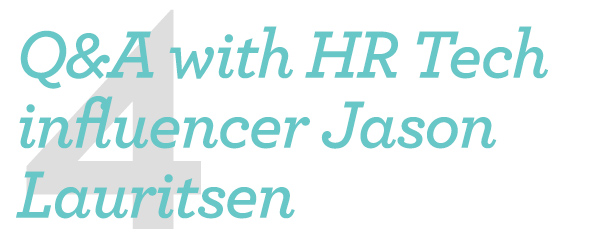
Jason Lauritsen is a speaker, author, advisor, and leadership-training, employee-engagement, and workplace-culture expert. Lauritsen recently spoke with HRE about the pandemic’s impact on HR technology. “The past year or so had seen a lot of investment in performance management tools. It appears to me that the sudden arrival of wide-scale remote working this year has revealed more clearly that many of these tools are no more effective at driving employee performance than the antiquated paper-based processes (i.e., appraisals) from which they were derived. It’s time we abandon the myth of performance management. While I’m not sure any single technology will fill this gap, what is needed are tools to enable performance through better online collaboration and communication. The organizations whose employees thrive and find new ways to do great work in this newly distributed working world will have done it through the smart application of technology. Organizations that thrive will be those that rethink the flow of work and then apply technology to make that process work as easily and seamlessly as possible for employees.” HR Executive
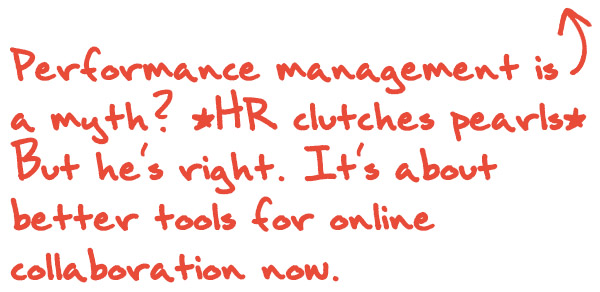
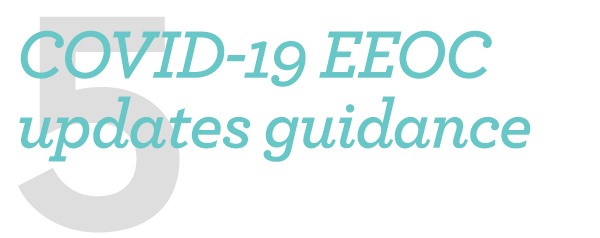
The U.S. Equal Employment Opportunity Commission (EEOC) on Sept. 8 posted an updated technical assistance document, “What You Should Know About COVID-19 and the ADA, Rehabilitation Act, and Other EEO Laws (WYSK).” The Commission’s guide incorporates up-to-date information from other EEOC resources to address common questions from employers, advocates, and workers about how COVID-19-related issues are treated under federal equal employment opportunity laws. The updated WYSK adds 18 questions and answers that have been adapted from two other EEOC technical assistance resources. The EEOC also updated two existing Q&As to clarify and reinforce prior EEOC statements about COVID-19 and the EEO laws. HR Morning
